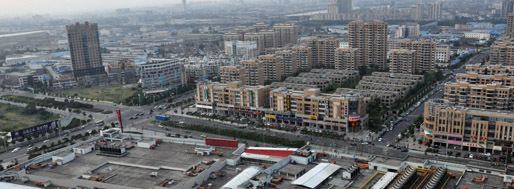Country China Website www.nbyz.gov.cn Prefecture Ningbo | Time zone China Standard (UTC+8) Province Zhejiang | |
 | ||
Yinzhou (Chinese: 鄞州; pinyin: Yínzhōu) is a district of Ningbo in Zhejiang province, China.
Contents
Map of Yinzhou, Ningbo, Zhejiang, China
History
In 220 BC, Qin Shi Huang, the first emperor of the Qin Dynasty, established three counties called Yin(鄞), Mao(鄮) and Gouzhang (句章). Later they were merged into Gouzhang county during the Sui Dynasty. It was renamed Mao county during the Tang Dynasty. It had assumed its current name of "Yin" in the Five Dynasties and Ten Kingdoms period. The city of Ningbo was administrated by Yin county until after the establishment of the People's Republic of China. At the same time, Yin county became a county of Ningbo city. On Apr. 19, 2002, it was renamed Yinzhou District. It is one of the few counties that has kept the same name since its establishment more than 2000 years ago.
Historical personalities
Tourism
Industry
Yinzhou District is home to more than 15,000 industrial organizations. The economy mainly consists of six sectors: light textiles, garments, machinery, electronics, automobile parts and food. In 2008, its GDP reached RMB 65.08 billion yuan and per capita GDP reached RMB 82,052 yuan (US$11,815). Its imports and exports totaled US$1.44 billion and US$6.6 billion, respectively.
